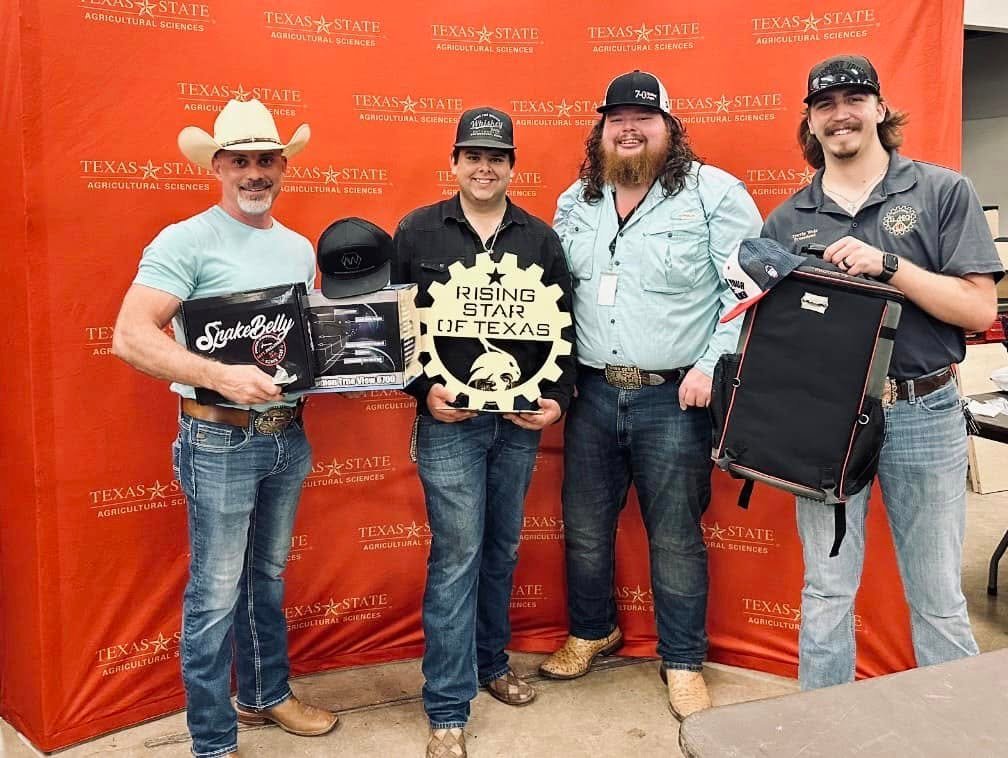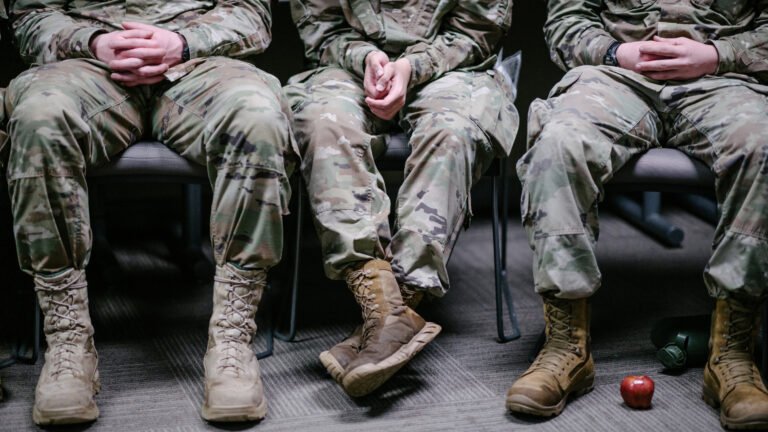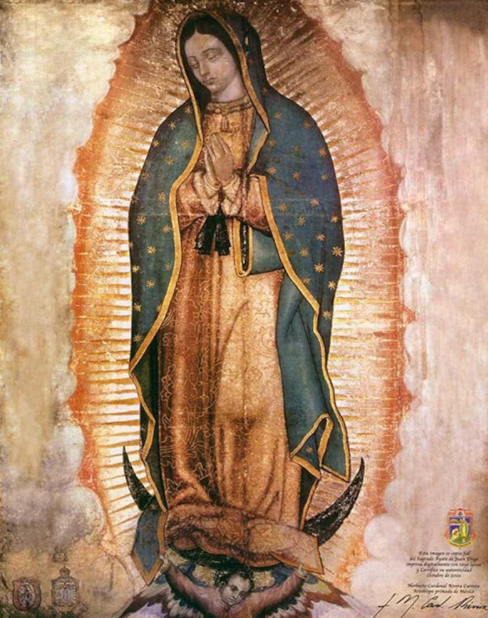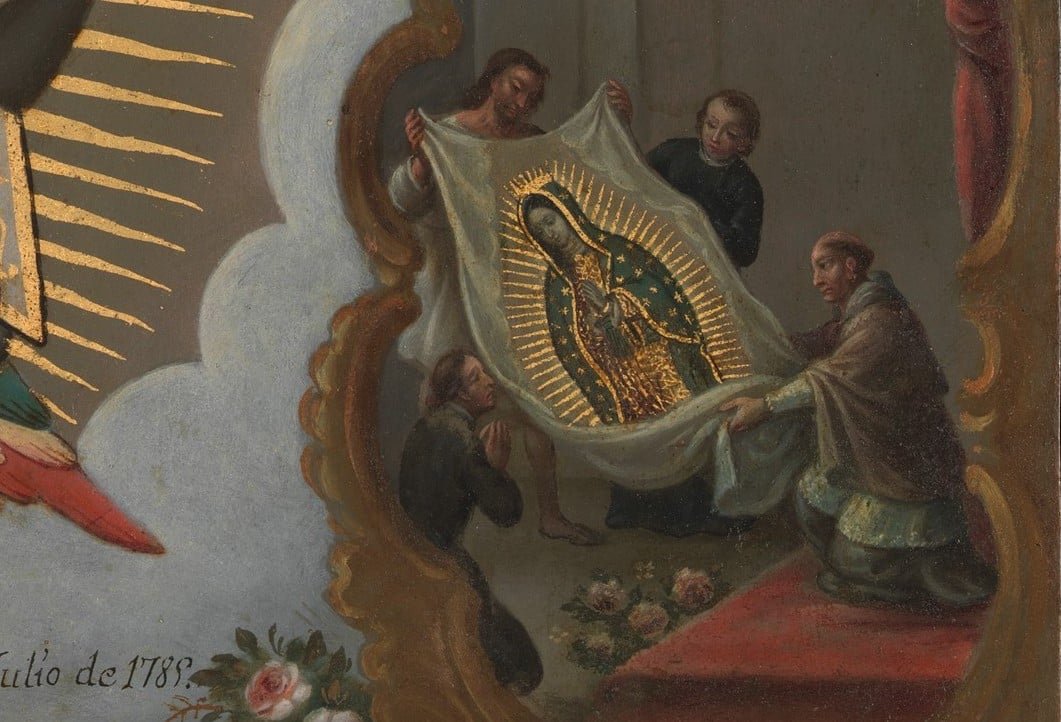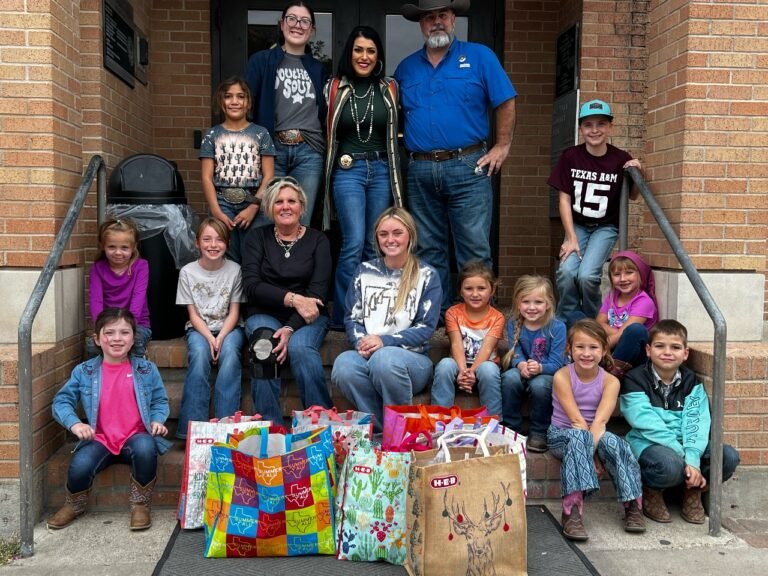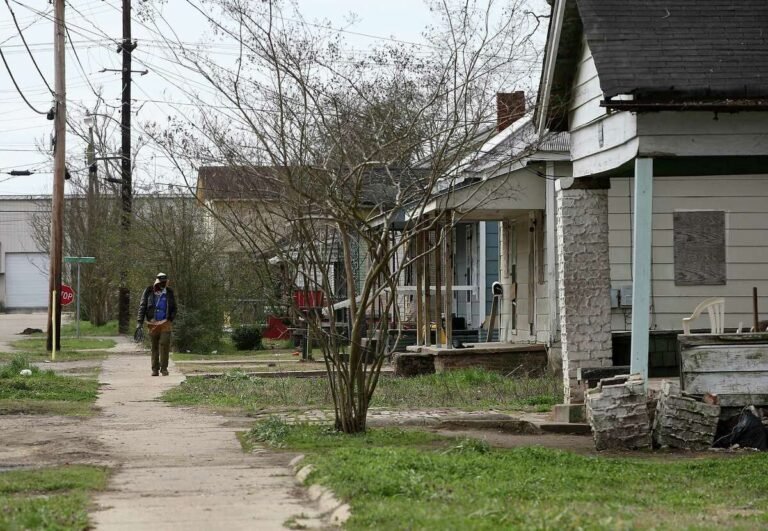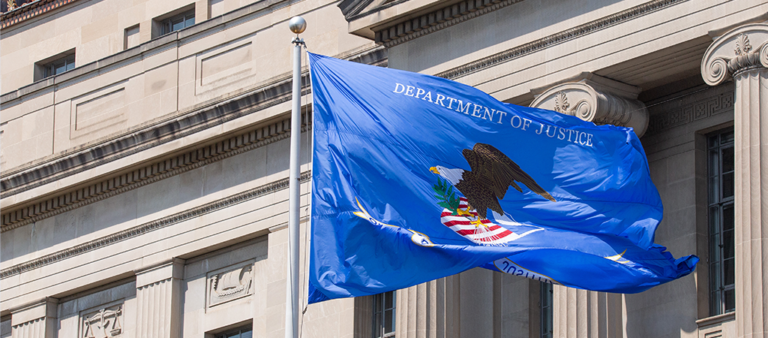The Equal Credit Opportunity Act (ECOA) marks its 51st anniversary, presenting an opportunity to reflect on its impact and consider future implications. The Fair Housing Act and its close analog, ECOA, are critically important tools the Justice Department uses to safeguard the civil rights of all Americans. These two landmark laws outlaw discrimination in housing and in lending, including the practice of redlining communities of color.
Indeed, obtaining credit is an essential step toward realizing the full promises of American democracy. But for too long, unfair lending practices have harmed women, people of color, servicemembers and people in other vulnerable groups.
Put simply, credit paves the pathway to a better life. With borrowed money, more Americans can buy a car, open a new business or pay for an education. Perhaps most significant, they can own a home — a foundation on which to build many other elements of the American Dream. Home ownership symbolizes personal achievement. It contributes to community stability. It provides a course for people in historically underserved communities to begin to build wealth because, according to Kathy Flanagan Payton, who runs a community revitalization organization in Houston, it “breaks generational curses.”
Payton is alluding to the racial wealth gap in our country: median wealth for white families was $285,000 in 2022, while that for Hispanic families was $61,600 and for Black families $44,900, according to the Federal Reserve. White families are 70% more likely to own a home than Black families and 55% more likely than Hispanic families.
This inequality is not an accident. Rather, it flows directly from deliberate decisions, not only those of lenders but also those of public entities. In the 1930s, lending institution maps labeled communities of color “hazardous” or “high-risk.” And the Federal Housing Administration did not provide insurance for mortgages in or near Black neighborhoods.
In 1974, Congress set out to correct loan injustices — for women. The original ECOA prohibited lending discrimination based on sex or marital status — a vital step toward equality of opportunity but nowhere close to enough. Fortunately, two years later Congress amended the act to ban discrimination based on race, national origin, or other bases as well. ECOA extended the groundwork established by the 1968 Fair Housing Act, which prohibits housing discrimination.
Some may deem redlining to be a practice from a bygone era, but sadly, today it is alive and well. Although many lenders do comply with ECOA, in very recent years the department has identified lenders in Alabama, California, Florida, North Carolina, New Jersey, Pennsylvania, Ohio, Oklahoma, Rhode Island, Tennessee and Texas that have failed to provide equal access to loans; they have served majority-white areas within their markets while ignoring nearby communities of color.
The Civil Rights Division is dedicated to eradicating this blight through a comprehensive government strategy known as the Combating Redlining Initiative. Initiated in October 2021 by the Justice Department and implemented via the division’s Housing and Civil Enforcement Section, this initiative collaborates with various government agencies, such as the Consumer Financial Protection Bureau, prudential regulators, and state attorneys general, to pursue the necessary relief to rectify the damages suffered by communities affected by redlining.

What’s more, and often overlooked, these settlements go further than the dollar amounts suggest. These are investments that grow. Because our experience in past cases has shown that each dollar of loan subsidy yields over $10 of new credit to affected communities, our work thus far is bringing more than $1 billion in relief. Not only that, but lenders often find that addressing fair lending risk grows their business. Some then decide to apply the measures across markets. In other words, fair lending and expanded business opportunities go hand in hand.
It’s a feedback loop that only increases community stability, collective prosperity and family economic independence — not just in the neighborhoods directly served by the settlements but in neighborhoods everywhere in the United States.
The Civil Rights Division utilizes the Equal Credit Opportunity Act (ECOA) daily to ensure fair and equal opportunities for all Americans. Through this initiative, the division has tackled redlining on an unprecedented scale. Recently, the division reached its first settlement agreement with a credit union and has also secured agreements with mortgage companies. This underscores that all lenders, not just banks, must comply with the terms of ECOA.
Fifty years on, significant progress has been made, yet there remains more to be done. Addressing modern-day redlining is a key component of broader efforts to ensure equal access to opportunities for all Americans.
There is growing concern that the Trump Administration’s newly established Department of Government Efficiency, led by Elon Musk and Vivek Ramaswamy, may target essential programs for cuts. This department, aiming to streamline government operations and reduce wasteful spending, has raised alarms about potential impacts on critical services, including those protected under the Equal Credit Opportunity Act (ECOA) and civil rights initiatives.
Critics argue that while reducing inefficiency is a commendable goal, the broad approach taken by the Department could result in significant cutbacks to vital programs. These include services related to public safety, healthcare, social support, and civil rights protections, which many communities rely on. The unelected nature of the Department also adds to the uncertainty, as decisions made without congressional oversight could lead to unintended consequences.
As the Department of Government Efficiency moves forward with its mandate, many are adopting a wait-and-see approach, hoping that essential programs, especially those ensuring equal opportunities and civil rights, will be spared from drastic cuts. The coming months will be crucial in determining how these changes will affect the lives of everyday Americans and the overall functioning of the federal government.
Trisha Garcia

